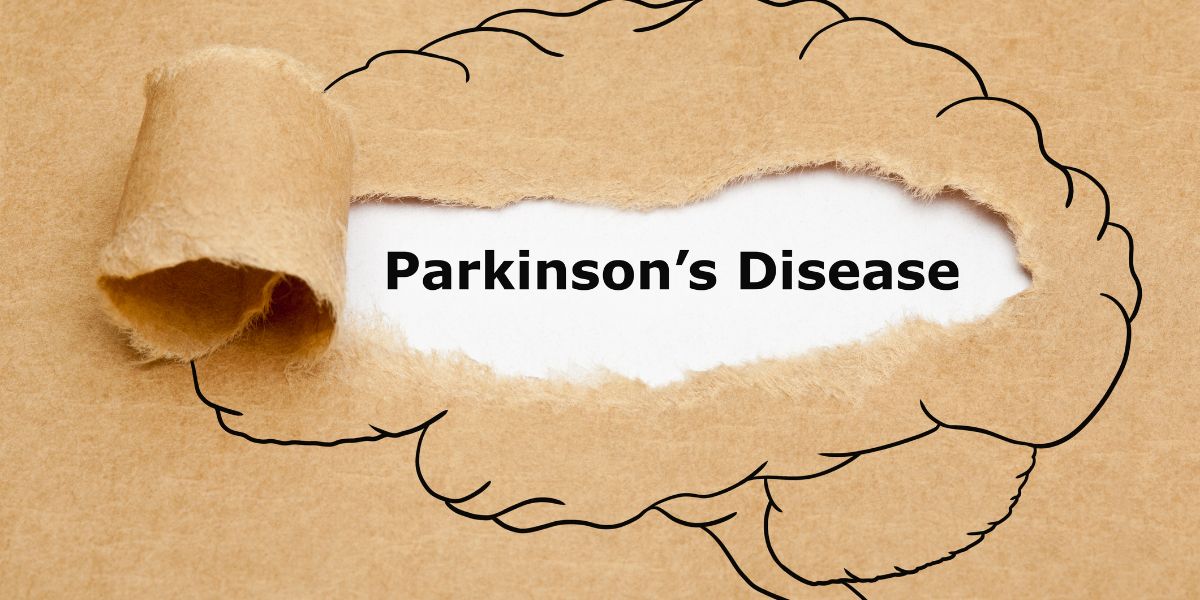PARKINSONS DISEASE IN A NUTSHELL
Parkinson’s disease is a neurological disorder that causes movement problems and can progress into dementia.
Parkinson’s disease is a degenerative disease of the central nervous system resulting from depletion of dopamine-producing cells in the brain. While the underlying cause of the disease is not clearly understood, depletion of dopamine-producing cells may be exacerbated by oxidative stress, inflammation, and mitochondrial dysfunction. Parkinson’s patients generally experience decline in motor function and eventually cognitive decline and dementia.
Parkinson’s may manifest as a primary condition or secondary to another condition, such as a brain tumor, exposure to toxins, or after a viral infection.
Existing conventional treatments do not slow or reverse the course of the disease. However, natural interventions such as coenzyme Q10 and creatine may support neuronal health and promote mitochondrial function.
What are the Risk Factors for Parkinson’s Disease?
- Family history/genetic predisposition
- Exposure to pesticides or other toxins like carbon monoxide
- Brain tumor
- Viral encephalitis
- AIDS
- Chronic constipation
- Repeated blows to the head (eg, professional fighters or football players)
- Certain medications
- Stroke
What are the Signs and Symptoms of Parkinson’s Disease?
Note: Symptoms of Parkinson’s generally progress slowly. Tremors are often the first sign.
- Tremors, often in the hand
- Muscle cramping or rigidity
- Pain throughout the body
- Slow movements
- Incontinence or constipation
- Difficulty swallowing and/or controlling saliva
- Dizziness
- Sleepiness
- Depression and/or anxiety
- Hallucinations or frightening dreams
- Cognitive decline and/or dementia
What are Conventional Medical Treatments for Parkinson’s Disease?
- Levodopa, or L-DOPA
- Monoamine oxidase-B inhibitors (eg, selegiline and rasagiline)
- Catechol-O-methyltransferase inhibitors
- Dopamine agonists
- In extreme cases, ablative surgery or deep brain stimulation
What are Emerging Therapies for Parkinson’s Disease?
- Amantadine, an antiviral drug, may help reduce the side effects of L-DOPA
- Nicotine
- Granulocyte colony-stimulating factor (G-CSF), a growth factor that promotes creation of new neurons, has shown promising results in animal models.
- Stem cell replacement therapy
- Cognitive-behavioral therapy
What Dietary and Lifestyle Changes Can Be Beneficial for Parkinson’s Disease?
- Physical therapy and exercise
- For patients on L-DOPA, protein meal distribution may be recommended (ie, eating dietary protein separate from dosing with L-DOPA)
What Natural Interventions May Be Beneficial for Parkinson’s Disease?
- Coenzyme Q10 (CoQ10). Patients with Parkinson’s appear to be deficient in CoQ10. Supplementation may slow the progressive deterioration of function in Parkinson’s disease (Shults 2002) and have a neuroprotective effect.
- Creatine. Creatine deficiency is associated with neurological damage. Some studies indicate supplementation may slow disease progression.
- Omega-3 fatty acids. Levels of omega-3 fatty acids in nerve cell membranes decrease with age, oxidative stress, and in neurodegenerative disorders such as Parkinson’s disease. Supplementation may favorably modify brain function and protect brain health.
- Coffee. Coffee consumption is linked to a reduced risk of developing Parkinson’s disease. Coffee extracts have been shown to act via mechanisms similar to some pharmaceutical Parkinson’s therapies.
- Nicotinamide riboside. Decline in NAD+, a cofactor critical for regulating cellular energy balance, is associated with Parkinson’s disease. Administering nicotinamide riboside, an NAD+ precursor, may offer benefits in Parkinson’s patients.
- B vitamins. B vitamins (eg, folate, B12, B6, etc.) lower homocysteine levels. Many studies have shown B vitamins to have beneficial effects in Parkinson’s patients, and supplementation may be recommended in patients taking L-DOPA.
- Vitamin D. Parkinson’s patients tend to have lower serum vitamin D levels than those without the disease. Several studies have shown that higher levels of vitamin D protect against the onset of Parkinson’s disease symptoms.
- Other natural interventions that may benefit Parkinson’s patients include carnitine, green tea, resveratrol, wild green oat extract, pyrroloquinoline quinone (PQQ), and others.
Dr. James Parkinson first described the motor system disorder known today as Parkinson’s disease in an 1817 paper entitled “An Essay on the Shaking Palsy.”
In his report, Dr. Parkinson described several characteristic traits, including an abnormal posture and gait, and partial paralysis with muscle weakness; he also described the progression of the disease. The contribution of more clearly defining the condition, theretofore known as paralysis agitans, led to the adoption of Dr. Parkinson’s last name as the moniker that remains with us today.
Since 1817, medical advancements have helped us establish a much greater understanding of Parkinson’s disease. Today, clustered symptoms like tremor at rest, stiffness, slowed movement, and postural instability are classified, based upon their cause, into different categories.

